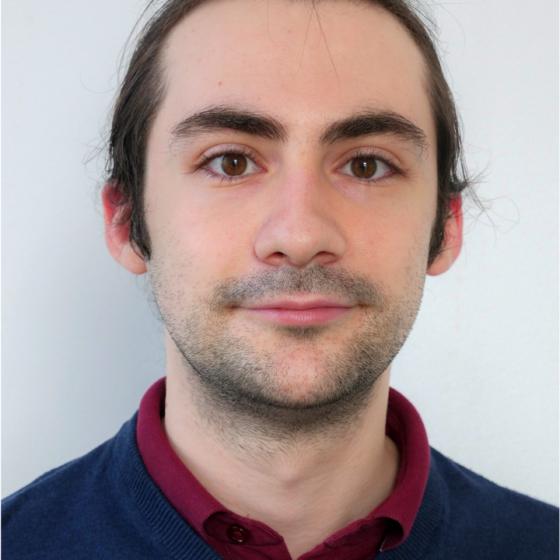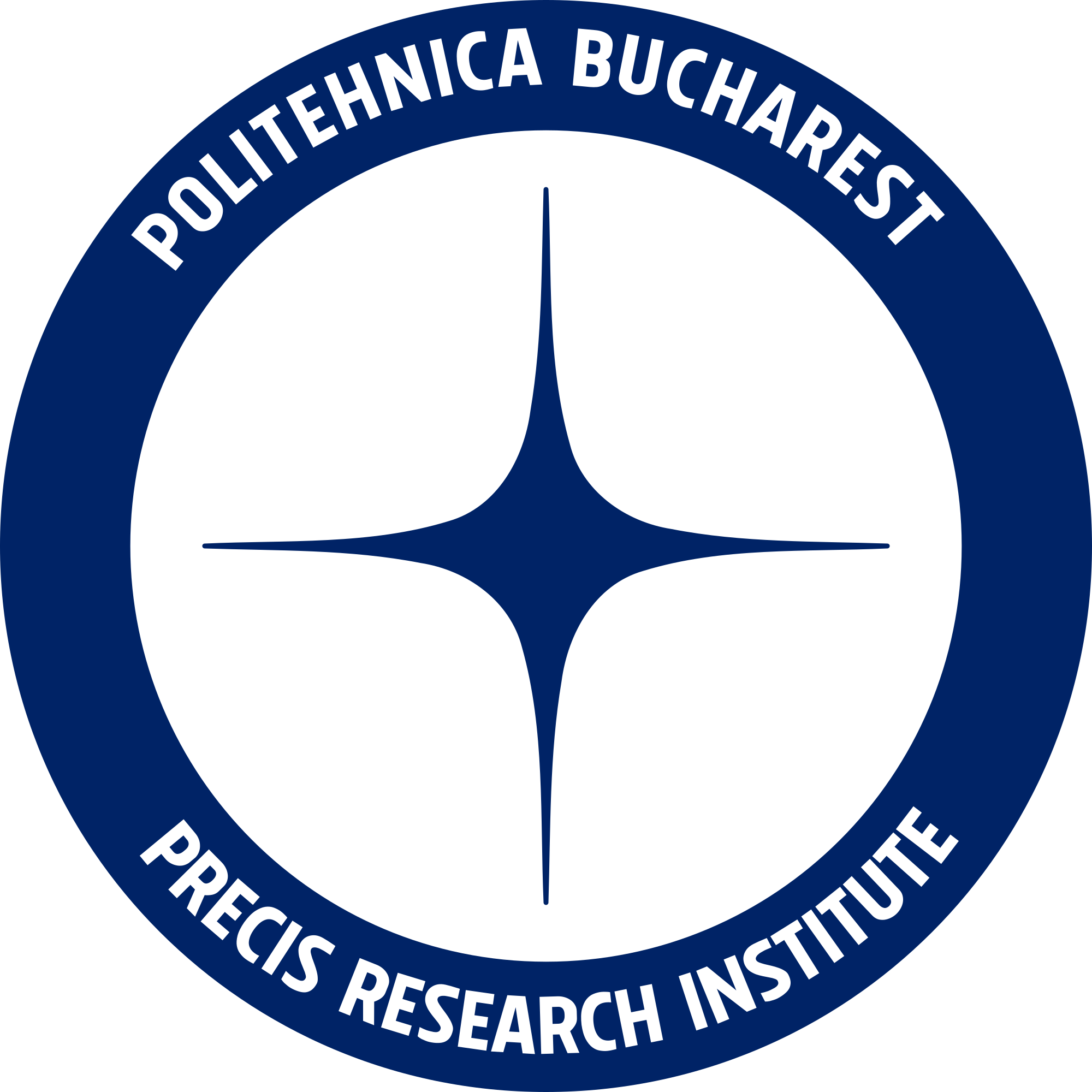Sergiu-Stefan MihaiEngineer

areas of expertise
- Model Predictive Control
- Explicit Model Predictive Control
- Orbital Mechanics
- GNSS Positioning
education
PhD Student
Stefan is a PhD student at UNSTPB’s Doctoral School of Automatic Control and Computers, focusing on control systems research. He earned a Master of Science degree from UNSTPB’s Faculty of Aerospace Engineering, where his thesis explored satellite trajectory prediction using neural networks. Stefan’s professional experience includes extensive collaboration with the European Space Agency (ESA), particularly on projects like “PROBA-3 Non-cooperative RV Experiment Phases C/D/E1.” He is skilled in embedded programming and has achieved significant knowledge in satellite dynamics simulation and fault detection systems.
“I would rather have questions that can’t be answered than answers that can’t be questioned.” ― Richard P. Feynman
Stefan Mihai is a PhD student at UNSTPB’s Doctoral School of Automatic Control and Computers, focusing on control systems research. He earned a Master of Science degree from UNSTPB’s Faculty of Aerospace Engineering, where his thesis explored satellite trajectory prediction using neural networks. Stefan’s professional experience includes extensive collaboration with the European Space Agency (ESA), particularly on projects like “PROBA-3 Non-cooperative RV Experiment Phases C/D/E1.” He is skilled in embedded programming and has achieved significant knowledge in satellite dynamics simulation and fault detection systems.
Moreover, Stefan Mihai plays a key role in the PROFET project, which aims to enhance satellite positioning technology by providing a solution that is more precise and efficient than existing methods. This initiative strives to minimize the frequent need for satellite communication with the Global Navigation Satellite System (GNSS) network, a common feature in current techniques. Instead, PROFET utilizes analytical equations derived from the basic principles of mechanical physics. This approach develops a classical model in state-space format, making it ideal for robust numerical algorithms. The method aims to improve both traditional and advanced position estimation techniques, offering better accuracy and computational efficiency.
Top publications
- Mihai, S. S., F. Stoican, and B. D. Ciubotaru. “On the link between explicit MPC and the face lattice of the lifted feasible domain”. In: IFAC-PapersOnLine, pp. 308–313, 2022. Elsevier. DOI: 10.1016/j.ifacol.2022.09.042.
- Mihai, S. S., F. Stoican, and B. D. Ciubotaru. “Computing the explicit MPC solution using the Hasse diagram of the lifted feasible domain”, pp. 1–7. In: 2023 European Control Conference (ECC)., 2023. DOI: 10.23919/ECC57647.2023.1078152.
- Mihai, S. S., F. Stoican, and B. D. Ciubotaru. “Explicit MPC Solution Using Hasse Diagrams: Construction, Storage and Retrieval”, pp. 353–369. In: International Conference on Difference Equations and Applications. 2024.

